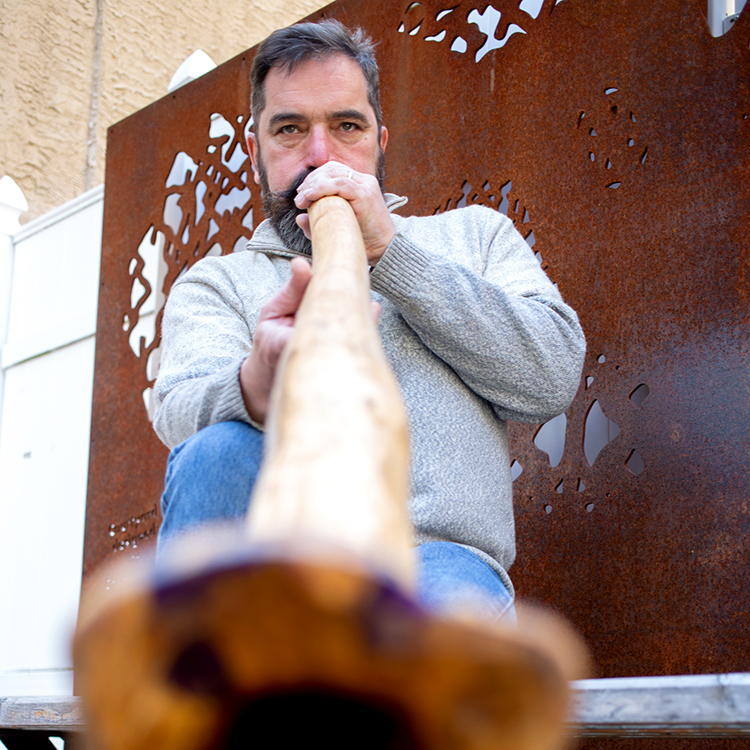Photo: Margo Reed
by Claire Marie Porter
(full story can be found here)
While Tom Rudnitsky doesn’t make instruments from scratch, he restores them—or as he might describe it, he saves their souls.
“New pianos can be very green behind the ears,” he says. “Older pianos, they’ve been through a lot. You get this sense of history in the object.”
Rudnitsky is a composer and pianist who became a mostly self-taught piano technician after a music-career proved to be financially unsustainable.
“Piano restoration has been both an incredibly fun journey in its own right, and a means of creating financial stability as an artist,” he says, though pursuing music is still a long-term goal.
He was always drawn to the inner workings of the piano.
“In music school, you’d sometimes see the piano technician on staff, pulling the action [the mechanical assembly of parts inside the body of the piano] out of the piano,” he says. “It looked so cool.”
Rudnitsky was always a tinkerer, he says, always taking things apart. So, when a customer would ask him to fix a loose key on a tuning job, he would figure out how to do it. He gathered tools and knowledge until, finally, customers were asking him if he could restore their pianos for them.
Rudnitsky started working on piano actions out of his apartment.
“I think everyone who starts has a cardboard box they keep all their tools in,” he says.
The process gets very messy very quickly. Sometimes, Rudnitsky would have to give up his living room for a week, sacrificing it to house piano parts.
The process of restoring piano keys alone can take up to 35 hours.
“This involves precisely milling the keys, trimming the new plastic keytops to size, and then leveling and aligning all of the keys back in the piano,” he says.
If he’s rebuilding an entire piano the whole process could take up to 300 hours.
The goal is to make as consistent-sounding an instrument as possible.
“When you play the piano, every key should feel the same,” he says.
He rolls out several different tool bags, a spread that looks something like if Bob Ross and a surgeon combined their wares.
“It takes about ten times as many tools to make something as you’d think,” he says.
The woodworking culture is dominated by white males in the suburbs working alone in the basement, says Rudnitsky. So, a collaborative space like NextFab allows people from all walks of life to jump into that world without having to have a garage or surplus cash.
“I get excited when people other than the typical woodworker wearing the flannel shirt is working,” he says. “Everyone should be able to do this.”
Rudnitsky works on sandblasting keys from a 1920s upright piano in NextFab. The ivory natural keys and black sharps are in bundles of seven or eight notes. When removed from the piano, they look a bit like hermit crabs out of their shells.
He takes the bundle of keys to the sandblaster, a machine that uses an abrasive mixture of sand and air to literally “blast” rust and dirt off a surface. In about five seconds, the wood on the piano lever arms changes from a dull brown to a bright, fresh-looking wood.
“It’s deeply satisfying,” he says.
Pianos don’t always have significant financial value, says Rudnitsky, but the personal value can be high, and a bond with an instrument is difficult for a musician to find.
“You can get a brand new piano,” he says. “It just doesn’t have the soul you’re looking for.”
Tom can be reached at his website or @tomrudnitsky








